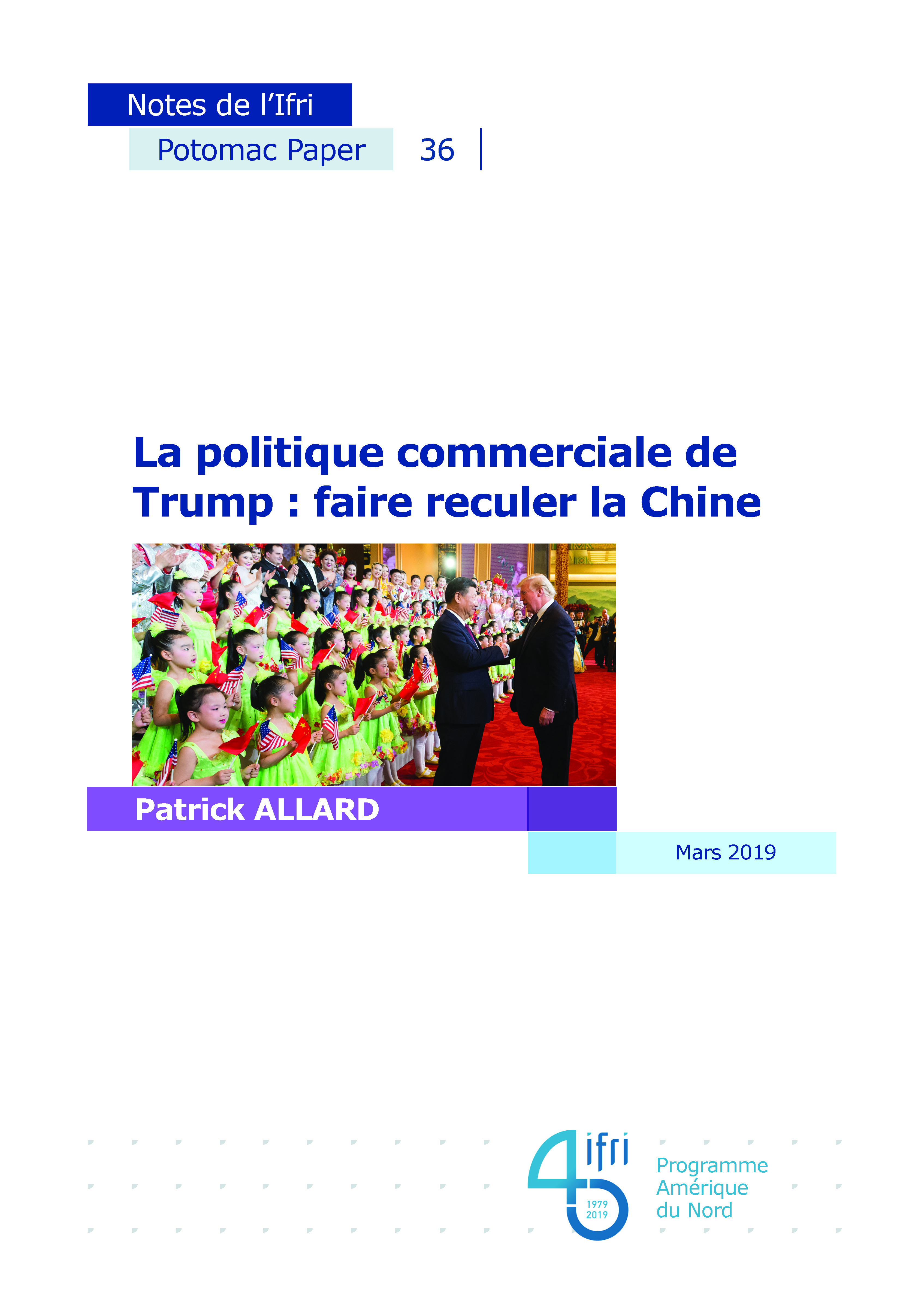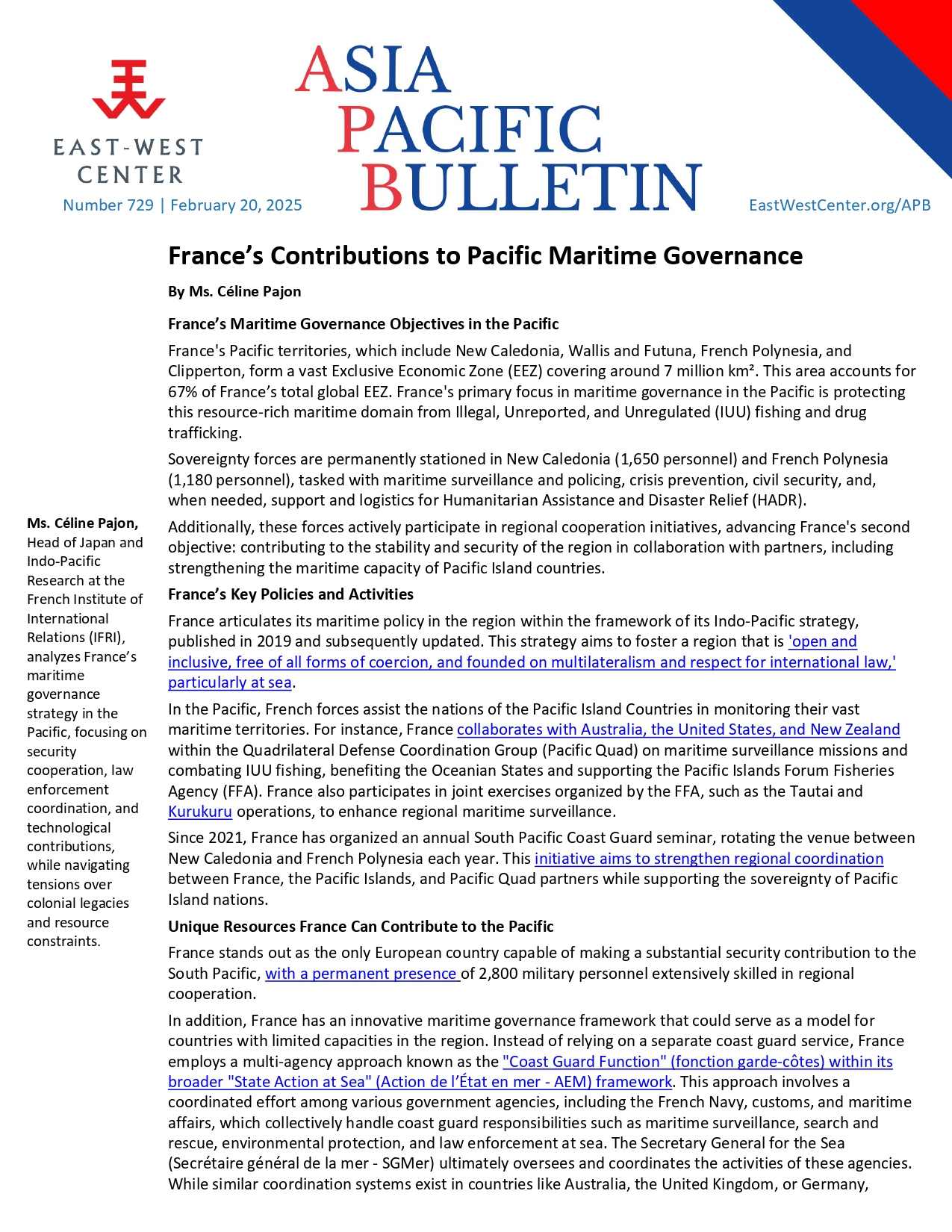Trump's trade policy: pushing back against China

Although not akin to the protectionist policies practiced by the United States through the 1930s, the trade war launched by the Trump administration since early 2018 challenges the principles and institutions of free trade.
The taxes and barriers currently put in place correspond to certain exceptional legal provisions in the General Agreement on Tariffs and Trade (GATT) and the World Trade Organization (WTO) texts and rely on US trade laws predating the WTO. Trump’s trade policy enjoys a level of bipartisan consensus in the country today, centered around the idea of improving the conditions of trade with partners while hampering the growing power of China.
The "optimal tariff" theory explains the benefits for great economic powers such as the US of high customs duties, as a lever to compel trade partners to open their domestic markets or to renounce economic policies considered harmful to US interests. President Trump thus imposed the renegotiation of regional agreements such as the North American Free Trade Agreement (NAFTA) and the United States-Korea Free Trade Agreement (KORUS). He also favors the negotiation of bilateral or regional agreements rather than the global mechanisms of the WTO, which he denounces.
Despite the hype, the consequences of this American-led return of protectionism could in fact remain modest for the World economy and even for international trade. In the case of the European Union (EU), where trade negotiators seem to be holding their ground in the face of Trump’s demands, the reduction of US-China trade could allow an increase of exports to the US. Above all, sorting out China’s fraudulent commercial practices and reforming WTO rules, as required by president Trump, would ultimately be a very positive step forward.
The return of tariffs and the proliferation of non-WTO trade agreements, however, remain contrary to the philosophy of openness that presided over international economic relations from 1945 to this day. Ultimately, two parallel trading systems – an American one and a Chinese one – could emerge.
Taken by surprise, China has yet to elaborate a clear response to what is certainly a challenge to its desire to expand its economic and commercial power around the world. China’s reaction will be decisive.
This content is available in French : "La politique commerciale de Trump : faire reculer la Chine"
Related centers and programs
Discover our other research centers and programsFind out more
Discover all our analysesJammu and Kashmir in the Aftermath of August 2019
The abrogation of Article 370, which granted special status to the state of Jammu and Kashmir (J&K), has been on the agenda of the Bharatiya Janata Party (BJP) for many decades.

France’s Contributions to Pacific Maritime Governance
France stands out as the only European country capable of making a substantial security contribution to the South Pacific, with a permanent presence of 2,800 military personnel extensively skilled in regional cooperation.
Unlocking India’s Energy Transition: Addressing Grid Flexibility Challenges and Solutions
India is rapidly scaling up its renewable energy (RE) capacity, adding 15–20 GW annually, but the ambitious goal of 500 GW of non-fossil capacity by 2030 is at risk unless the pace accelerates.

The China-Russia Partnership and the Ukraine War: Aligned but not allied
China and Russia maintain a strategic partnership rooted in shared opposition to the U.S. and liberal democracies, but their relationship is shaped more by pragmatism than trust.









